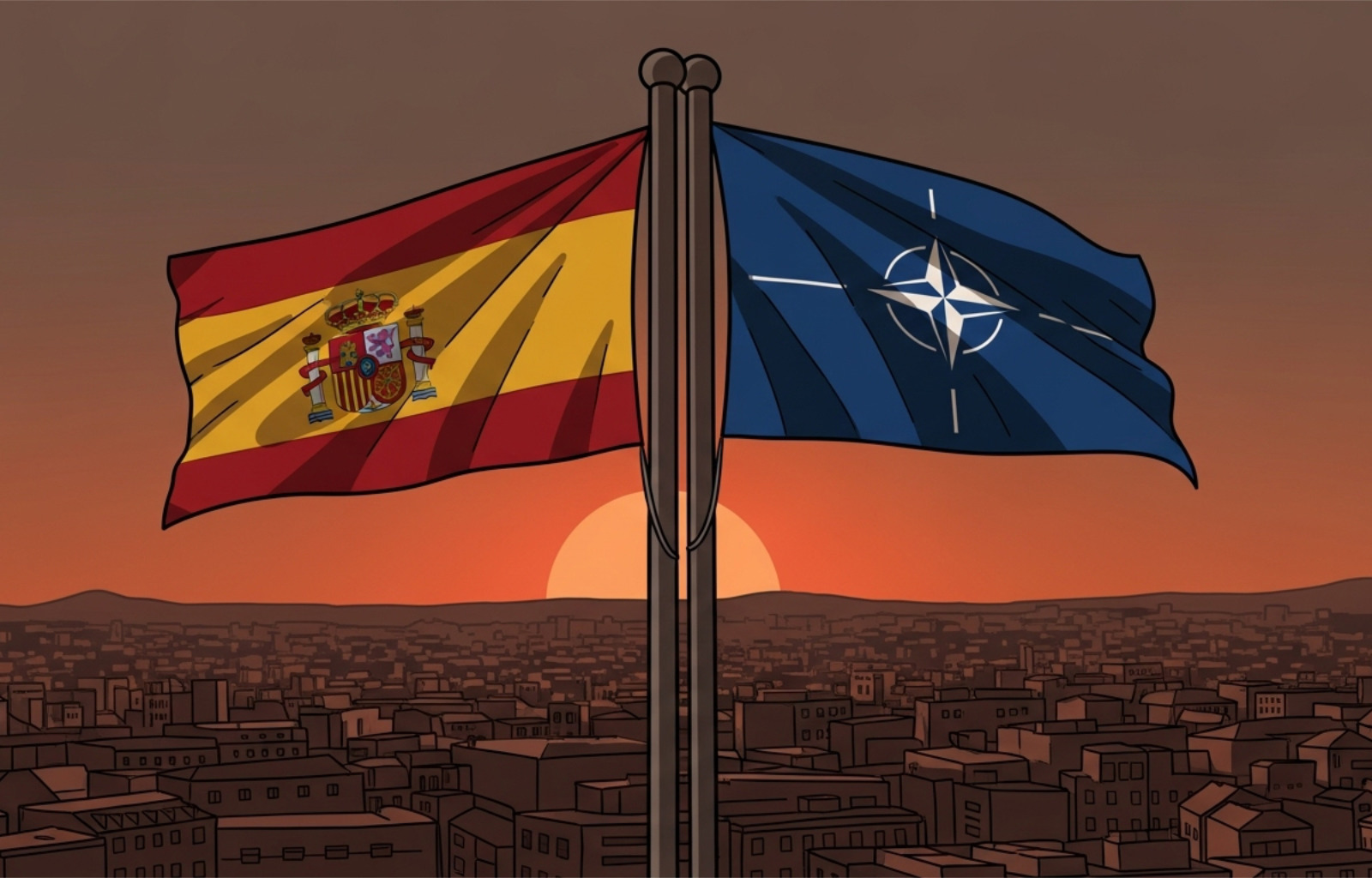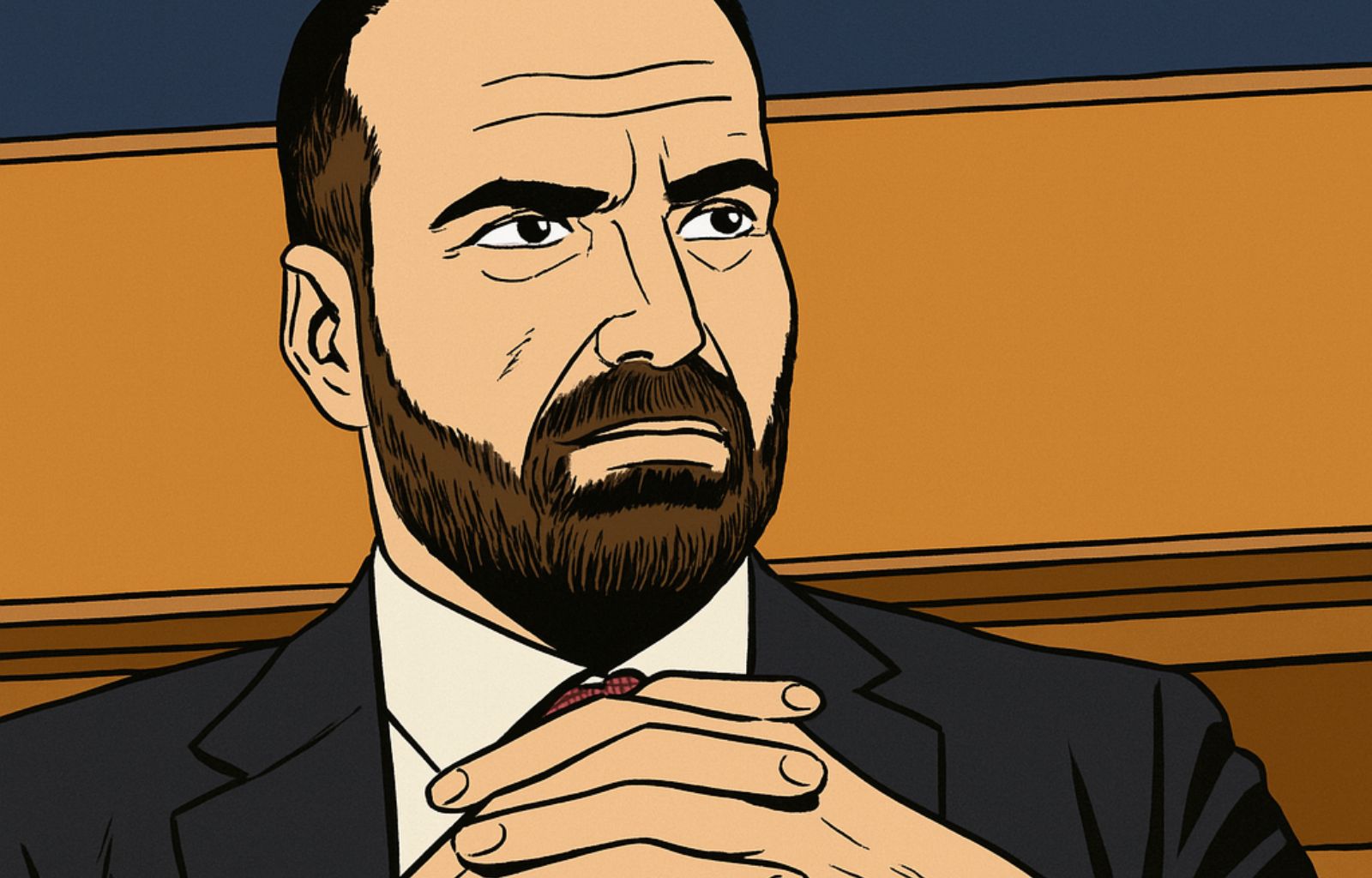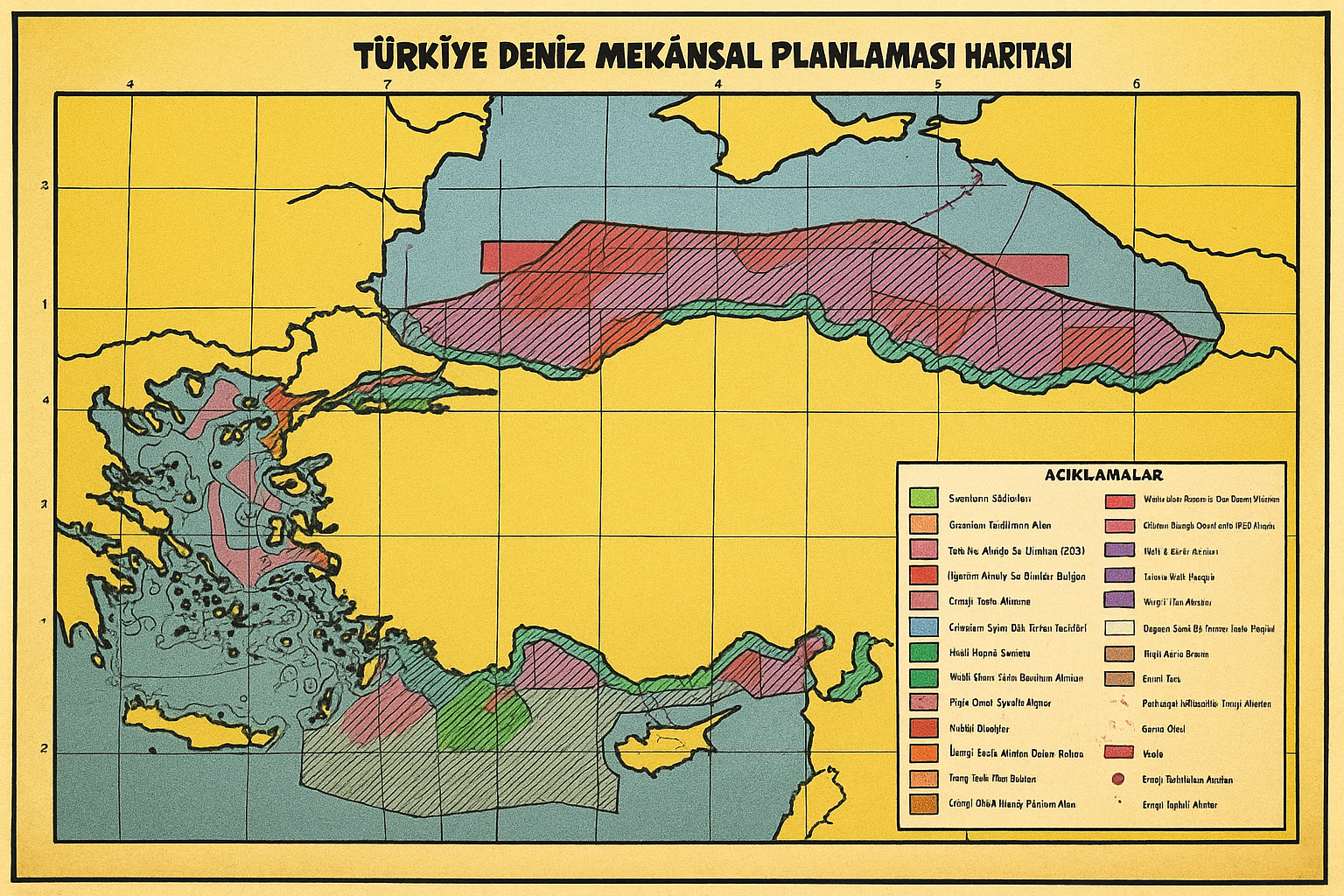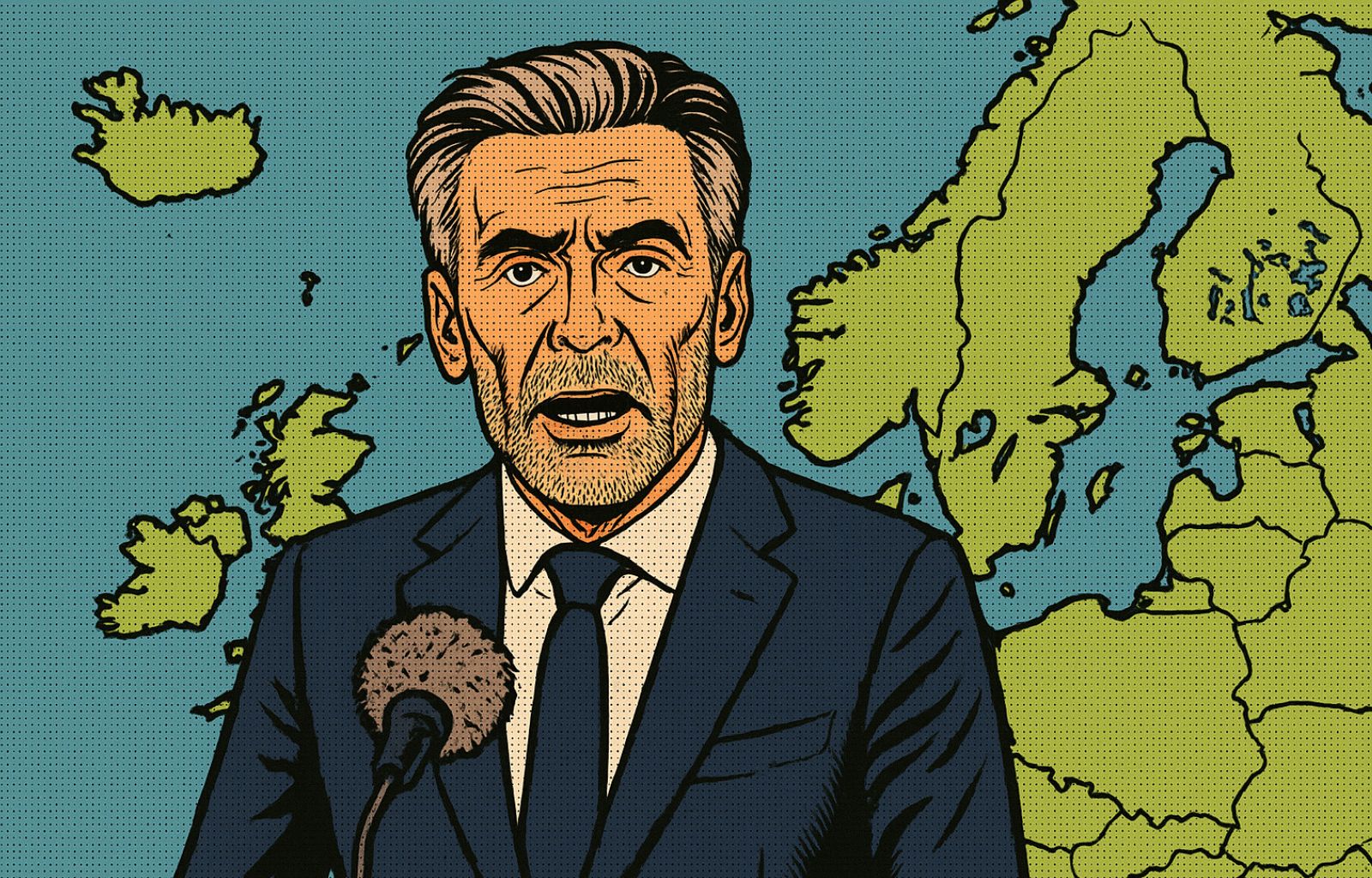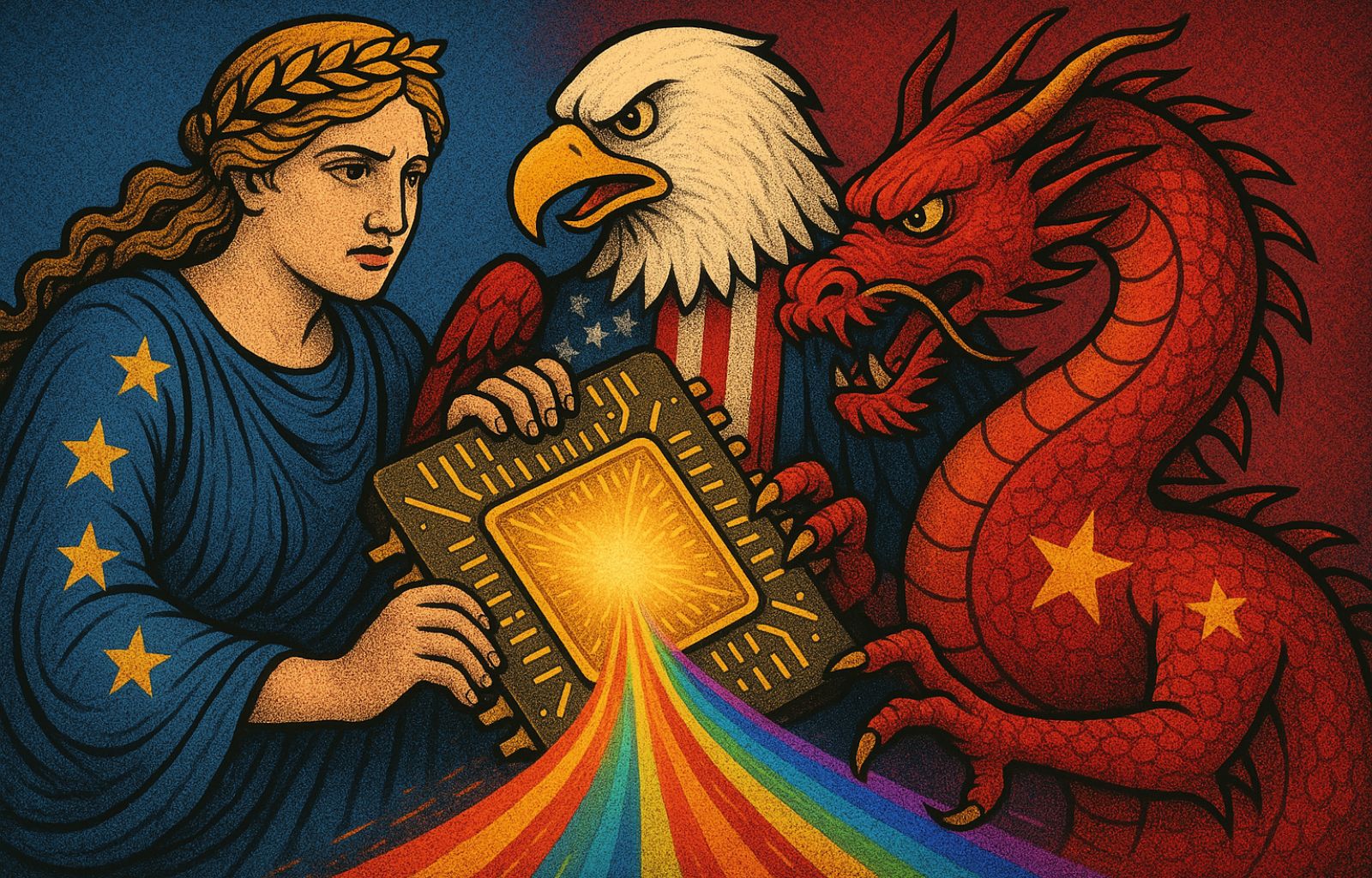Between Beijing and Washington, the EU in the new trade war
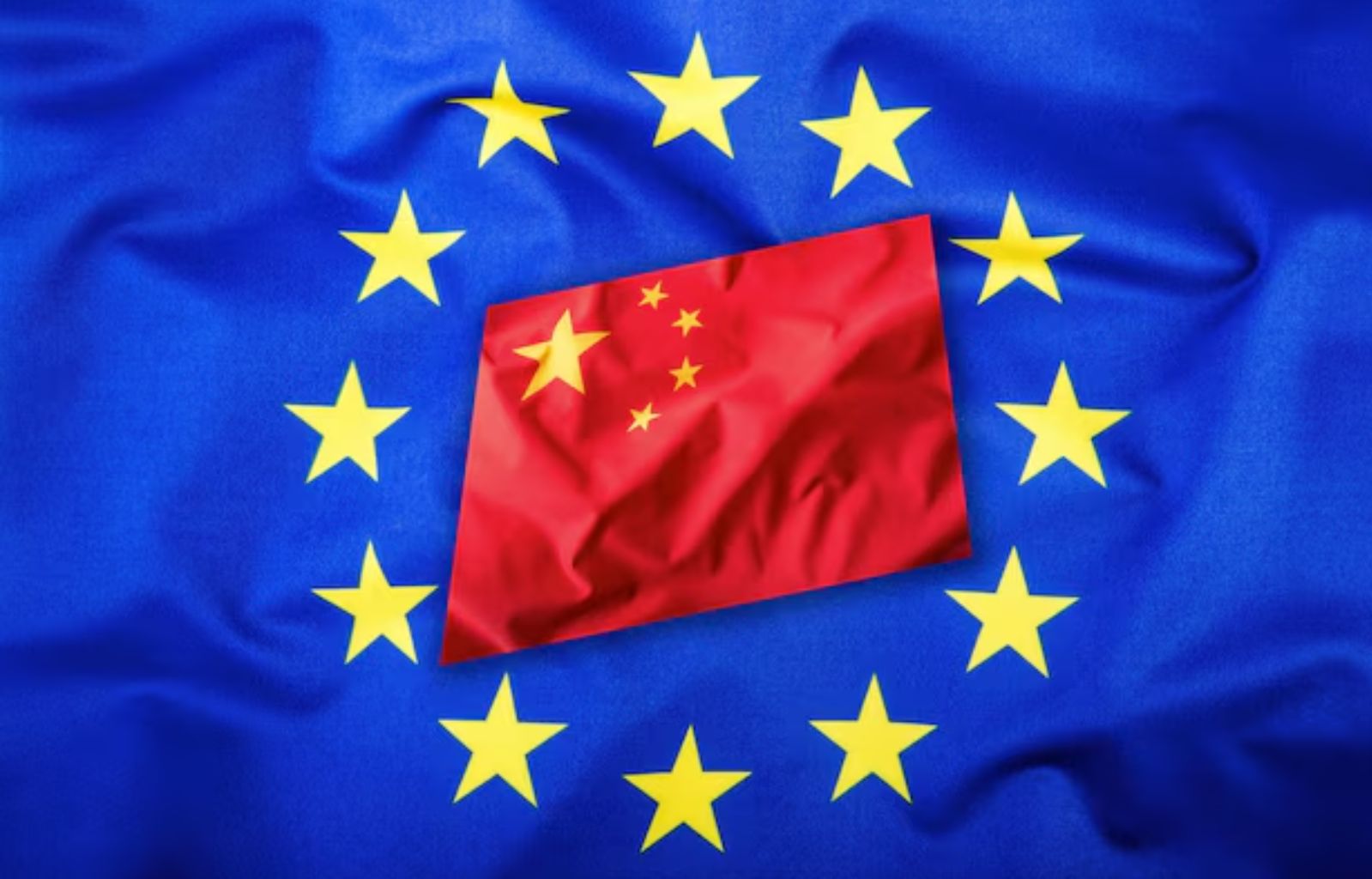
The relationship between China and the European Union is in a very delicate and tense phase in 2025. In a now largely multipolar world, with the United States engaged in a new trade war against Beijing and China going through an uncertain economic phase , European institutions are forced to redefine their strategic choices.
The New European Positioning: Deciphering the Powers and Counting
At the centre of the debate are duties, sanctions, trade relations, but also a broader diplomatic redefinition involving the positioning of the EU between the two superpowers. Added to all this is China’s handling of economic data – censored or concealed – and an increasingly ambiguous attitude towards the war in Ukraine, which contributes to fuelling the mistrust of Western allies.
In this scenario, understanding the dynamics of the China-EU relationship is not just a geopolitical exercise: it is a necessity to interpret the trajectories of the new global order. The EU is faced with the obligation to build its own autonomous and cohesive international posture, able to overcome its historical dependence on external alliances and take a proactive role in defining the rules of the global game. The opportunity – and the risk – are both historic.
Duties, cross-pressures and strategic triangulations
The year 2025 has opened with a new phase of trade tension between the United States and China, reignited by the protectionist policies of the Trump administration, which has returned to the White House. In particular, the imposition of tariffs of up to 145% on microchips, electric vehicles and advanced technologies has relaunched the idea of selective decoupling: a strategy that aims to separate the economies only in sectors considered critical for technological and strategic supremacy, without completely undermining globalisation. China has responded with tariffs of up to 125%, hitting industrial, energy and infrastructure sectors, and relaunching its alternative networks – from the Belt and Road Initiative 2.0 to the new arrangements in the Global South – to build a trading system less dependent on the West.
US-China trade truce; tactical suspension, not peace
The 90-day truce, sanctioned in Switzerland, led to a symmetrical reduction of duties (- 115%), but with two crucial elements: the maintenance by the US of the ‘punitive’ tariffs linked to the fentanyl crisis and the explicit declaration that this is a suspension, not a cancellation. The signal is clear: this is not a trade peace, but a tactical truce, dictated by the need to givethe markets breathing space and gain diplomatic time in a crucial year for both economies.
The European position, without a unified trade doctrine, fragmentation prevails
In between, the European Union once again finds itself in a peripheral position, but structurally exposed. Washington reinforces selective bilateral agreements with individual member states, often bypassing EU institutions. Beijing, on the other hand, adopts an apparently conciliatory, but strategically ambiguous language: it invites Brussels to ‘resist unilateral pressure’ while working to segment the European front by exploiting internal divergences. The Chinese line is no longer explicitly ideological, but fully geopolitical: leveraging the faults of European unity to reduce its strategic autonomy.
The real issue is precisely the EU’s lack of a unified trade doctrine. Responses to external pressures often remain technocratic, partial, reactive. Countries such as Greece and Hungary remain economically integrated with Beijing; others, such as France, Germany and Poland, push for greater transatlantic coherence.
In between, the Commission tries to balance diverging interests while the French Presidency and the German Trade Commissioner try to revive the idea of European strategic autonomy, with little operational consensus.
The eye of the Dragon: striking the EU with asymmetrical strategic penetration
China, aware of this imbalance, has continued to send ambivalent signals: messages of official détente -such as the opening of new lines of diplomatic communication- and at the same time direct pressure on its European allies, suspected of supporting Western sanctions against Russia too openly. It is a strategy of asymmetrical penetration: striking at the faults of European unity to weaken its capacity for external action.
An element that further complicated the picture was themeeting between Donald Trump and Volodymyr Zelensky during the funeral of Pope Francis, in a highly symbolic context and under the gaze of Chinese diplomacy, which expressed its disagreement with the Western military presence in the South China Sea area and the supply of weapons to Kyiv.
Chinese diplomacy plays on several tables, alternating between threats and calls for cooperation, with a clear implicit message: Europe must choose. But the conditions of the choice are never neutral.
Becoming autonomous: Europe as the third global geopolitical pole
In this context, a fundamental strategic reflection takes shape: the European Union can-and must-configure itself as a third geopolitical pole, a stabilising force between the two superpowers. Not by mere equidistance, but by autonomous interest: only by acting as an independent strategic actor can Europe influence international dynamics and protect its industrial, technological and regulatory interests.
The consequences for theEU are manifold. First, the need to preserve internal unity while facing centrifugal pushes caused by diverging economic interests among member states. Second, the risk of finding itself squeezed between two imperial logics, unable to assert an autonomous voice. Finally, the urgency of developing trade defence instruments, today still too timid, to resist the systemic aggressiveness of Washington and Beijing.
The Chinese crisis, between cover-ups and geopolitical consequences
If from a strategic point of view China shows an assertive posture, the domestic economic picture is much less reassuring.
GDP figures for the first quarter of 2025 speak of a seemingly solid 5.4% growth. However, as revealed by aninvestigation by The Post, manykey Chinese economic indicators -from the youth unemployment rate to domestic consumption- havebeen removed or blacked out from official websites, fuelling doubts about the reliability of the sources and the true extent of the crisis.
This concealment of data is a clear signal: the Chinese political apparatus is struggling to control the internal and external narrative on the state of the economy. The crisis in the real estate sector, the fragility of the domestic market and the loss of attractiveness of foreign investments all contribute to an uncertain scenario.
The slowdown in growth is no longer a cyclical phase, but seems to indicate a long-term structural trend. Historically dynamic sectors, such as construction and export-oriented manufacturing , show signs of saturation. Real estate giants, from Evergrande to Country Garden, continue to register huge liabilities, and the central government is increasingly reluctant to intervene with systemic bailouts, fearing a loss of fiscal credibility.
The youth employment crisis, officially around 14%, but according to independent sources well over 20%, is a symptom of stagnating social mobility. Millions of young graduates cannot find employment, while the tech sector suffers a regulatory stran glehold that stifles innovation. The result is a paradox: adigital economy under surveillance and a middle class in training deprived of professional outlets.
Inflation, subdued but accompanied by flat income growth, erodes spending power. Domestic consumption, which should have replaced exports as the engine of growth, is struggling to take off. Added to this is thechronic indebtedness of local governments, many of which depend on real estate sales to finance public services. With the collapse of real estate prices, the resilience of the social pact between party and citizens is also in danger of faltering.
Geopolitically, this economic fragility prompts Beijing to compensate with a more assertive foreign posture. Aggression in the South China Sea, strengthening the partnership with Moscow and promoting new trade corridors in Africa and Latin America respond to the logic of diversifying dependencies. However, external expansion driven by a struggling economy may prove unstable, exposing China to friction not only with the West but also with its regional partners.

The art of masking difficulties with communication
In parallel, the Chinese leadership is attempting to mask structural difficulties with a sophisticated communication strategy, aimed at influencing international perceptions rather than providing transparency. The government has activated new diplomatic and media channels to spread a reassuring narrative of its economic growth, often in open contrast to the actual data.
Among the main mechanisms of this strategy are:
- the promotion of controlled media abroad through joint ventures and publishing collaborations;
- selective censorship of critical content through lobbying on global digital platforms;
- the use of think tanks and ‘independent’ study centres to produce analyses favourable to party policies.
This advanced soft power strategy is articulated around a precise objective: to build a positive Chinese imaginary that is competitive against Western narrative hegemony. It is not just a matter of defending China’s image: the aim is to produce alternative cultural hegemony, to create a global discourse that legitimises the Chinese model as credible, efficient, even desirable.
Although theEU is aware of these dynamics, it does not yet have a common strategy to counter them. Fragmented media policies and weak European cognitive infrastructures expose the continent to an increasing risk of information penetration.
This is where one of the decisive games is played: European strategic autonomy is not only economic or military, but also cognitive and communicative. Without an integrated European media system capable of producing its own analyses, narratives and visions, Europe will continue to depend on the narrative frames of others – be they American or Chinese.
The ambivalence of the Sino-European relationship
The relationship between China and the European Union today is marked by deep ambivalences: apparent economic convergences, but growing structural divergences. The trade war initiated by the United States andChinese ambiguity over the war in Ukraine place Europe before a crucial challenge: to choose between continuing to mediate between the superpowers or finally building an autonomous strategic position.
Against this backdrop is an already critical and ambiguous bilateral relationship with Beijing, suspended between the need for cooperation and a growing political and regulatory mistrust. China is a crucial economic partner for the EU, especially for its industrial exports and for the supply of key components for the ecological transition. However, there is no shortage of sensitive dossiers. Fears related to data security, unfair competition and Chinese coercive practices fuel a persistent climate of suspicion.
An emblematic case was the fine imposed on TikTok in 2025 by the European Commission, accused of having improperly transferred European user data to China, in violation of the GDPR. Episodes like this reinforce the perception of aninvasive Chinese influence, not only economically but also digitally and culturally. The issue is intertwined with the European need to strengthen its technological sovereignty, while limiting strategic dependencies on non-European actors.
Europe thus finds itself in a two-faced position: on the one hand, it cannot afford a radical decoupling from the world’s second-largest economy; on the other, it is increasingly aware of the need to define stringent rules to protect its market and democratic values. It is this tension that makes the relationship with China as inevitable as it is fragile.
The existential challenge: building an autonomous European position
The year 2025 marks a crucial turning point for global geopolitical and economic balances, and the European Union finds itself in the midst of a profound redefinition of power structures. Between the pressure of the new tariff war launched by the United States and the growing Chinese assertiveness, aggravated by an internal crisis masked by sophisticated image operations, theEU is called upon to build an autonomous and strategically coherent position.
The need to reduce dependencies, protect cognitive and regulatory infrastructures and assert one’s own industrial and technological paradigm can no longer be postponed. But this requires vision, political courage and a hitherto only declared capacity for integration.
IfEurope is able to act as a third pole between the two giants, it will not only be able to influence the rules of the new global order, but can finally become what it has only aspired to be for decades: a fully sovereign geopolitical actor.

